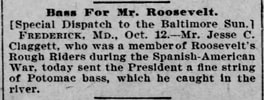 Memorial Day weekend or not, curiosity can certainly be piqued when finding a small news article like this in an old edition of the Baltimore Sun. It dates back to October 13th, 1901 and involves two veterans of the Spanish-American War. One of these men was among the most colorful characters in our nation’s history, while the other was a well-known resident of Frederick County during his day. Few, if any, know anything about this latter gentleman today.  President Theodore Roosevelt President Theodore Roosevelt The news article comes less than a month from the day that Theodore Roosevelt was inaugurated as our country’s 26th US president. Many are familiar with the legacy of this vivacious man and war hero. Theodore Roosevelt Jr. (1858 – 1919) was a statesman, politician, conservationist, naturalist, and writer. He served as president from 1901 to 1909. He previously served as the 25th vice president of the United States from March to September 1901 and as the 33rd governor of New York from 1899 to 1900. As a leader of the Republican Party during this time, he became a driving force for the Progressive Era in the United States in the early 20th century. He helped start what we know as today’s National Park Service and, fittingly, his face is depicted on Mount Rushmore, alongside those of George Washington, Thomas Jefferson, and Abraham Lincoln. In polls of historians and political scientists, Roosevelt is generally ranked as one of the five best presidents. Over 120 years ago, on July 1, 1898, Theodore Roosevelt could be found racing up Santiago, Cuba’s San Juan Hill in a decisive military offensive that would help define the Spanish-American War. With Capt. Roosevelt on that fateful day was the aforementioned fisherman—Jesse C. Claggett. He was a member of Troop K of the 1st US Army Cavalry. Claggett is significant in the fact that he was the only Marylander to participate in the storming of San Juan Hill as a member of the immortal Rough Riders—an event that would soon take on mythical proportions. Jesse C. Clagett Once again, I am most fortunate to have found some “ready-made” research on my subject, courtesy of T.J.C. Williams’ and Folger McKinsey’s masterful work published in 1910: The History of Frederick County, Maryland. The biographical supplement includes the following entry for Jesse C. Clagett: Jesse C. Clagett, a well-known citizen of Motters, Emmitsburg District, Frederick County, Md., son of Thomas and Cynthia (Norwood) Clagett, both deceased, was born on his father’s plantation, Urbana District, Frederick County, Md., May 15, 1851. Jesse C. Clagett is the eighth child and the third son of his parents. He attended the country schools until his parents removed to Frederick when he was sent to Mount St. Mary’s College, where he spent four years under Father McCaffrey and Father McCloskey. However, Jesse was of a restless, roving disposition, and left school against his father’s wishes to go to Texas, where he became a cowboy on a ranch in McLennan County. He rode into Dallas when it was a straggling village with one old countrified hotel with steps on the outside leading into it. He spent four years in Texas and, after a short visit at his home in Maryland, went to St. Louis, Mo., where he secured a situation as night clerk in a hotel. Not long after this, he was taken sick with typhoid fever, and was removed to the Sisters’ Hospital on Grand Ave. When he was discharged, at the end of nine weeks, he secured a position with a firm of wholesale grocers to build up their city trade. Some time after this, Mr. Clagett accepted a position as street broker for a firm dealing largely in tea and coffee. He soon decided that he could sell for himself as well as for others, and began business for himself, and was very successful. He was finally made a partner in the first firm which he had served, the firm being, Churchil, Rearick & Clagett. This partnership lasted almost three years, when Mr. Clagett withdrew from the firm after making the largest coffee deal ever made in St. Louis, at that time, through B. C. Arnold & Co, of New York, then known as the Coffee King of Wall Street. Mr. Clagett now went to New York, speculated in Wall Street and lost, returning to his home in Frederick City, and afterwards going to Baltimore to seek a position. There he approached Levering & Co., large dealers in coffee, without success. However while at the old "Maltby House," he was offered a position as salesman for a dealer in paper collars at $75 per month and expenses. This offer he accepted and remained with the firm for five or six years. Mr. Clagett was next employed by a firm in Troy, N. Y., to sell shirts and linen collars. After having spent twenty-one years as traveling salesman, Mr. Clagett gave up the business and, returning to Maryland, settled in Frederick City. About 1890 he purchased his present home, a farm of 40 acres, known as "Windy Castle." At the breaking out of the Spanish-American War, Mr. Clagett responded to the call for volunteers and enlisting in the Rough Riders under Col. Roosevelt, served until the close of the war and, after the surrender, was taken sick with yellow fever. He is a member of the Society of the Army of Cuba. Mr. Clagett was a Democrat, but left the party at the time it divided on the silver issue, and is now an independent voter. Jesse C. Clagett was married in 1880 to Miss Price, daughter of the late Thomas W. Price, of Philadelphia, Pa. They have two children, Thomas, aged twenty-seven, and Jesse, deceased. On November 5th, 1903, Mr. Clagett was married to Mrs. Etta L. Spicer, daughter of Mrs. Florence Shipley, of Baltimore, Md. They have one child, Cynthia Norwood, born on October 4th, 1904.  Thomas Clagett Thomas Clagett The Clagett family has an extremely rich heritage in Maryland. The spelling of this surname sometimes includes two “G”s and two “T”s as it varies in in both public records and newspaper articles. However, family gravestones and monuments at Mount Olivet pertaining to this particular family utilize the spelling “Clagett.” Jesse Charles Clagett was one of 15 children born to Thomas Clagett (1813-1887) and wife Cynthia Norwood (1815-1895). Cynthia’s gravestone, and many records, spell her name as Syntha which was likely a nickname or pet name given by Mrs. Clagett’s husband. Jesse’s father was a native of Clarksburg in Montgomery County. The son of Ninian Clagett of Prince George’s County, Thomas grew up on a farm and busied himself in like pursuits as an adult. His mother, Margaret Burgess, was the daughter of a Revolutionary War Continental Army captain. Thomas Clagett came to Frederick County in 1839, two years after his marriage to the former Miss Norwood, first settling in Urbana, where he would grow tobacco and engage in shipping. Cynthia Norwood’s father was a native Englishman, who had immigrated to Frederick County. In 1866, the Clagetts moved to Frederick City, living at 17 E. Patrick Street, not far from the intersection with Market St. This building (now housing the children’s toy store called The Dancing Bear) doubled as Mr. Clagett’s business office. Here, Thomas changed his profession from commercial shipping to that of broker and banker. The Clagetts were also active in St. John’s Catholic Church here. Thomas Clagett died on August 7th, 1887 after a several year illness of dropsical effusion—the local paper includes several articles of Mr. Clagett’s trials with medical operations beginning in 1885. Jesse’s father was buried a day after his death in Mount Olivet’s Area P/Lot34. At the time of his passing, he was reported to have been worth a half-million dollars and considered the wealthiest man in the county. His elaborate grave monument, erected earlier in 1884, stands proof to the power and prestige of Mr. Clagett. Cynthia Clagett died eight years later in 1895.
On a crisp spring day in early May, 1898, Jesse would take his favorite horse for a ride into destiny. One week before his 47th birthday, Clagett departed from his “Windy Trails Farm” near Emmitsburg with a destination of Washington, DC. Here he would join to the 1st United States Volunteer Cavalry. The Rough Riders The Rough Riders was a nickname given to the 1st United States Volunteer Cavalry, one of three such regiments raised in 1898 for the Spanish-American War and the only one to see action. The United States Army was small, understaffed, and disorganized in comparison to its status during the American Civil War roughly thirty years prior. Following the sinking of the USS Maine, President William McKinley needed to muster a strong ground force military group swiftly. This was accomplished by calling upon 125,000 volunteers to assist in the war efforts. The United States was fighting against Spain over Spain's colonial policies with Cuba. Applications to serve (in the 1st US Volunteer Cavalry) flooded in from all over the country. Clagett’s request was accepted and he would soon be serving in the regiment also called "Wood's Weary Walkers" in honor of its first commander, Colonel Leonard Wood. This nickname served to acknowledge that despite being a cavalry unit they ended up fighting on foot as infantry. Wood's second in command was the former Assistant Secretary of the Navy, Theodore Roosevelt. Roosevelt was a strong advocate in support of the Cuban War of Independence. When Col. Wood became commander of the 2nd Cavalry Brigade, the Rough Riders then became "Roosevelt's Rough Riders." That term was familiar in 1898, from Buffalo Bill who called his famous western show "Buffalo Bill's Wild West and Congress of Rough Riders of the World." The original plan for this unit called for filling it with men accustomed to fighting within the Indian Territory in places such as New Mexico, Arizona, and Oklahoma. Frederick’s Jesse Clagett fit right in as his earlier time in Texas and abroad as a cowboy had served him well. He would be assigned to Troop K.  The Rough Riders aboard the USS Yucatan heading for Cuba (June, 1898) The Rough Riders aboard the USS Yucatan heading for Cuba (June, 1898) The regiment trained for several weeks in San Antonio, Texas, and in his autobiography, Teddy Roosevelt wrote that his prior experience with the New York National Guard had been invaluable, in that it enabled him to immediately begin teaching his men basic soldiering skills. The Rough Riders used some standard issue gear and some of their own design, purchased with gift money. Diversity characterized the regiment, which included Ivy Leaguers, professional and amateur athletes, upscale gentlemen, cowboys, frontiersmen, Native Americans, hunters, miners, prospectors, former soldiers, tradesmen, and sheriffs. The Rough Riders were part of the cavalry division commanded by former Confederate general Joseph Wheeler, which itself was one of three divisions in the V Corps under Lieutenant General William Rufus Shafter. Lt. Col. Roosevelt and his men landed in Daiquiri, Cuba, on June 23rd, 1898, and marched to the nearby village of Siboney. Wheeler sent parts of the 1st and 10th Regular Cavalry on the lower road northwest and sent the "Rough Riders" on the parallel road running along a ridge up from the beach. To throw off his infantry rival, Wheeler left one regiment of his Cavalry Division, the 9th, at Siboney so that he could claim that his move north was only a limited reconnaissance if things went wrong.  San Juan Heights (1898) San Juan Heights (1898) Roosevelt was promoted to colonel and took command of the volunteer regiment when Col. Wood was put in command of the brigade. The Rough Riders had a short, minor skirmish known as the Battle of Las Guasimas in which they fought their way through Spanish resistance and, together with the Regulars (professional soldiers), forced the Spaniards to abandon their positions. Under Roosevelt’s leadership, the Rough Riders became famous for the charge up Kettle Hill, part of the San Juan Heights, on July 1st, 1898, while supporting the Regulars. Private Jesse Clagett is said to have been the sole Marylander in the engagement. Roosevelt had the only horse, and rode back and forth between rifle pits at the forefront of the advance up Kettle Hill (San Juan Hill), an advance that he urged despite the absence of any orders from superiors. He was forced to walk up the last part of Kettle Hill, because his horse had been entangled in barbed wire. The victories came at a cost of 200 killed and 1,000 wounded. Roosevelt commented on his role in the battles: "On the day of the big fight I had to ask my men to do a deed that European military writers consider utterly impossible of performance, that is, to attack over open ground an unshaken infantry armed with the best modern repeating rifles behind a formidable system of entrenchments. The only way to get them to do it in the way it had to be done was to lead them myself." He always recalled the Battle of Kettle Hill as "the great day of my life" and "my crowded hour.” Likewise, it was the greatest moment of Jesse C. Claggett’s life, as well. He could easily identify with Roosevelt as both came from wealthy and comfortable upbringings, but had a secret yearning for adventure, danger and “roughing” it with comrades of varied economic backgrounds and lifestyles. Roosevelt and his Rough Riders were a colorful group of characters and received the most publicity of any unit in the army. A few days after the legendary charge up San Juan Hill, the Spanish fleet was virtually all but destroyed in Santiago Harbor. Thanks in part went to another Frederick Countian, Winfield Scott Schey. Schley’s leadership in command of Admiral Dewey’s flagship, the USS Brooklyn, made him a household name and hero across the nation. It was just a matter of weeks before the war had ended and the U.S. was victorious. Two of Frederick’s native sons were at the forefront. In August, Roosevelt and other officers demanded that the soldiers be returned home. Thanks to newspaper headlines, the colonel’s writing ability and the retelling of the courageous charge by veterans themselves, soldiers like Jesse Clagett became seen as men among men, once home. Private Jesse Clagett became a hero and celebrity of sorts back home in Frederick County.
Heroes Return By the end of August, Jesse Clagett would make a triumphant return to his home in northern Frederick County while on furlough. Jesse came back to Frederick for good that fall, and rejoiced in telling his tale of combat, made all the more special when his former commander was elected governor of New York in early November (1898). The Emmitsburg citizen/soldier was now in high demand to perform honorary equestrian duties, possessing an even more impressive resume based on his US Cavalry experience. The Rough Rider was singled out to be chief aid to Capt. Walter Saunders, Chief Marshall for a victory parade held in Frederick for the Spanish American War’s other local hero, Admiral Winfield Scott Schley. This occurred on November 20th, 1898. Clagett was getting recognized everywhere for his gallantry, or should I venture “praise by association.” There was even one occasion in which he was identified by a stranger on a city street in Philadelphia. Philadelphia was the home of his wife (Mary S. Price), or should I say his first wife, whom he would request an absolute divorce from in the fall of 1900. Meanwhile, Jesse’s old commander was uncertain about whether to begin strategising for a 1904 presidential election run, or to serve another term as New York’s governor. Roosevelt eventually joined President William McKinley's reelection campaign ticket as the Republican vice-presidential nominee (as McKinley's first vice president had passed away, leaving an opening). The tandem were victorious in the November (1900) election. President McKinley would die in September, 1901, the result of an assassin's bullet. Roosevelt would be propelled to the office of president, the nation's youngest at age 42. Weeks later, Jesse Clagett sent the new president a “fine string” of fish he had recently caught in the Potomac River. This was just another example of the friendship and correspondence between these two men. By fall of 1903, Jesse was 55 years old, but still kept a youthful outlook on life. Someone who certainly helped in this arena was Etta Leister (Shipley) Spicer of Baltimore. Mrs. Spicer, a 26-year-old widow, had lost her husband two years earlier. In November, Jesse and Etta would elope, and marry in the parsonage of the West Baltimore Station Methodist Episcopal Church in Baltimore in November. Interestingly, it was said that Claggett had principally been in town for the purpose of helping with a political campaign for a friend on election day. He would bring Etta back to his 40-acre farm at Motters Station. The following October (1904), Etta would give birth to a daughter, Cynthia Norwood Clagett, named for Jesse’s mother.  Chicago Tribune (July 29, 1905) Chicago Tribune (July 29, 1905) Sadly, Jesse would lose his namesake son from his earlier marriage. Jesse Charles Clagett, Jr. died in July 1905 while living in Chicago. Another son, however, was living in St. Louis. This was Thomas “Tom” H. Clagett who was working as a shipping agent for the railroad at the time. A few years later, Jesse was given command of his own local, ceremonial “Rough Rider” unit. This consisted of 125 men and performed drills for onlookers at local patriotic events and carnivals. In 1909, they would be one of the main entertainment attractions at a large home-coming festival in Emmitsburg. This would be one of Clagett’s last public appearances.  Riggs Cottage in Ijamsville (known to many as the restaurant Gabriel's Inn) Riggs Cottage in Ijamsville (known to many as the restaurant Gabriel's Inn) Jesse’s health soon began to fail and he was forced to decline social invitations. His condition further declined, forcing him to enter the Riggs Cottage Sanitarium for Nervous and Mental Diseases. This facility was located in Ijamsville, originally constructed by local carpenter and slate mine owner Christopher Riggs in 1862 for use by Welsh mining families. Riggs's son, Dr. George Henry Riggs (a local family physician and psychiatrist), converted the structure into a "sanatorium for nervous and mental health disorders" in 1896. Jesse C. Clagett died on July 26th, 1911. Cause of death given was cirrhosis of the liver. I hope he, at least, had the capacity to reflect on his climb of Kettle Hill on the occasion of the 13th anniversary at the beginning of the month. Clagett’s obituary appeared in the Frederick Post of July 27th, 1911. Clagett was buried in the family plot, and his name appears on the west face of the large obelisk his father had placed here a few decades earlier. His life's greatest moment is carved in stone for eternity:
A member of Col. Roosevelt's Regiment of Rough Riders Spanish-American War 1898 In his will, Jesse took care of his wife and children with his accrued wealth, not to mention his military pension. Wife Etta would leave Frederick for sunny Florida, primarily because Jesse had left his farm to his son (Thomas). She would not remarry, but spent the majority of her remaining years in Miami with daughter Cynthia (Clagett) Daisey. The fate of Jesse’s son, Thomas, is a story unto itself as his father’s estate became a curse instead of a blessing. Although not buried here, I have included clippings of Tom Clagett’s “rough ride” and subsequent demise below. It's just a shame that Jesse Clagett didn't live another year as President Roosevelt visited Frederick on May 4th, 1912 as part of a barnstorming election tour as he attempted to run for a third term as president. He spoke to residents from the steps of the Frederick County Courthouse (today's City Hall). Had Private Clagett been on hand, it is certain who would have held the title of Grand Marshal for the president's visit.
6 Comments
shane shanholtz
5/25/2019 08:29:49 am
great story as always
Reply
7/31/2019 01:15:27 pm
Tickled to hear of the exploits of my namesake among the Southern branch of the American Clagetts. Myself, I belong to the New England branch, descending from Wiseman Clagett, who came over as King's Atorney for New Hampshire.
Reply
Amy Engle
12/21/2019 10:01:18 pm
Well, hi cousin! Jesse was my great-great grandfather.
Reply
Mary (Bowlus) Elder
5/2/2020 04:59:40 pm
Hello! I stumbled upon this by accident and am so glad I did. I am a great great grandaughter of Thomas Claggett. I am the great grandaughter of Mary Claggett who married Dr. Edward Bowlus who was a dentist in Frederick, MD. I am blessed to have a book of songsheets that once belonged to Samuel Claggett His name is engraved on the cover. Many of the siblings signed it on the inside cover. After reading this, it sounds like their mother had a beautiful voice and may have entertained alot. My father, who is also named Edward Bowlus, has a beautiful portrait of his grandfather. Thanks for posting this article.
Reply
Amy Engle
5/2/2020 10:05:18 pm
Mary Bowlus Elder - Hi, cousin!! I am so happy to hear your story! You are so lucky! I would love to communicate with you more if you are agreeable, since I am the 3rd great granddaughter of Thomas, and great-great granddaughter of Jesse! Please let me know.
Reply
5/25/2022 02:58:22 am
The nice thing about essay writing service evaluations is that they are objective.
Reply
Leave a Reply. |
STORIES
|
Archives
July 2024
June 2024
May 2024
April 2024
March 2024
February 2024
January 2024
December 2023
November 2023
September 2023
August 2023
July 2023
June 2023
May 2023
April 2023
March 2023
February 2023
January 2023
December 2022
November 2022
October 2022
September 2022
August 2022
July 2022
June 2022
May 2022
April 2022
March 2022
February 2022
January 2022
December 2021
November 2021
October 2021
September 2021
August 2021
July 2021
June 2021
May 2021
April 2021
March 2021
February 2021
January 2021
December 2020
November 2020
October 2020
September 2020
August 2020
July 2020
June 2020
May 2020
April 2020
March 2020
February 2020
January 2020
December 2019
November 2019
October 2019
September 2019
August 2019
July 2019
June 2019
May 2019
April 2019
March 2019
February 2019
January 2019
December 2018
November 2018
October 2018
September 2018
August 2018
July 2018
June 2018
May 2018
April 2018
March 2018
February 2018
January 2018
December 2017
November 2017
October 2017
September 2017
August 2017
July 2017
June 2017
May 2017
April 2017
March 2017
February 2017
January 2017
December 2016
November 2016








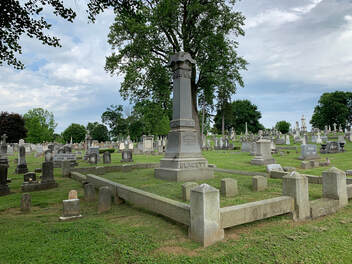











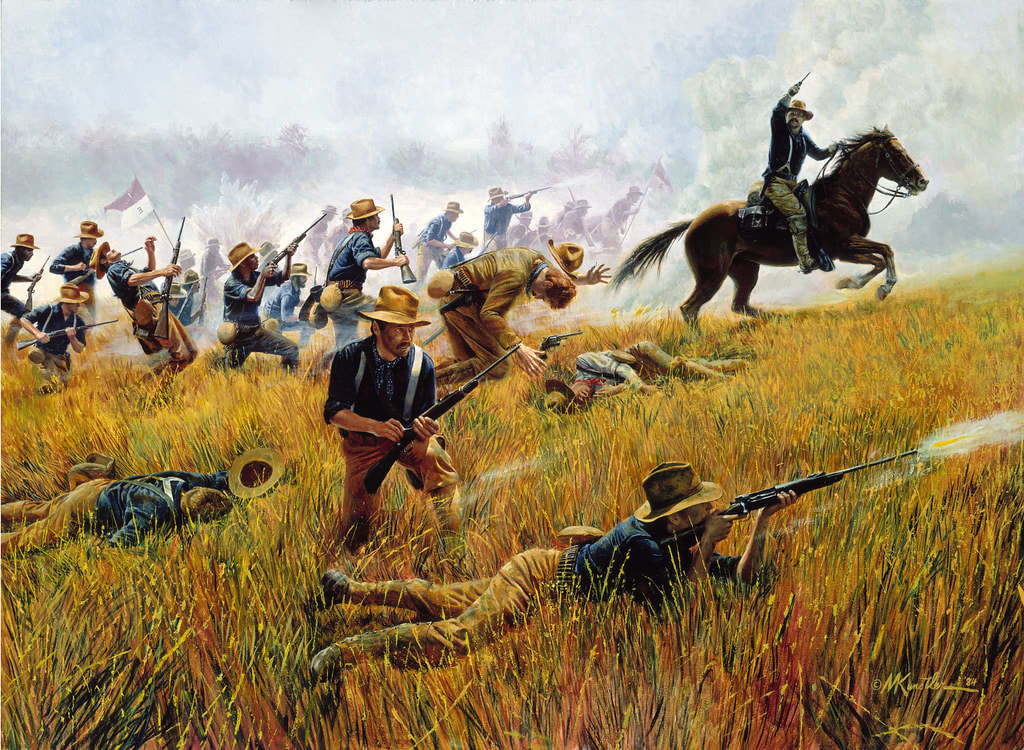















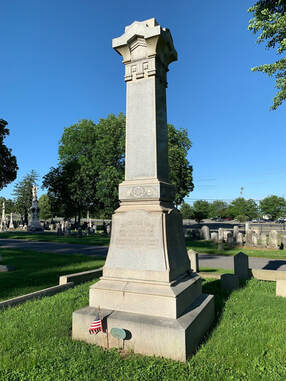



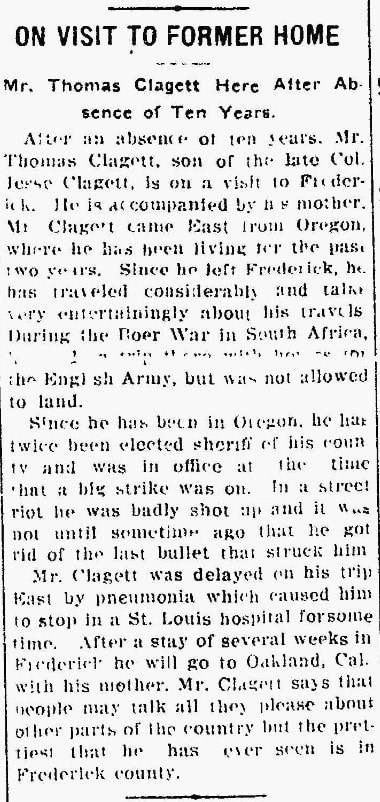

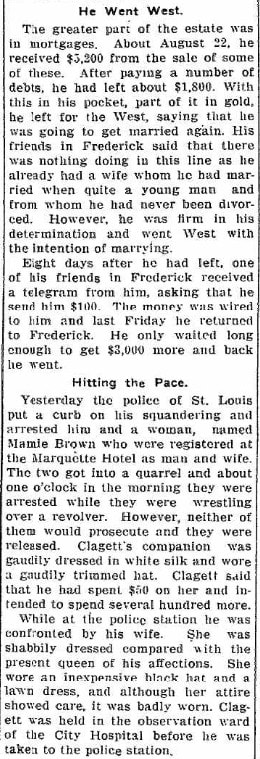
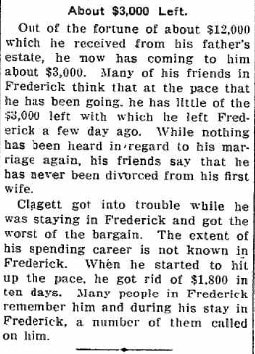

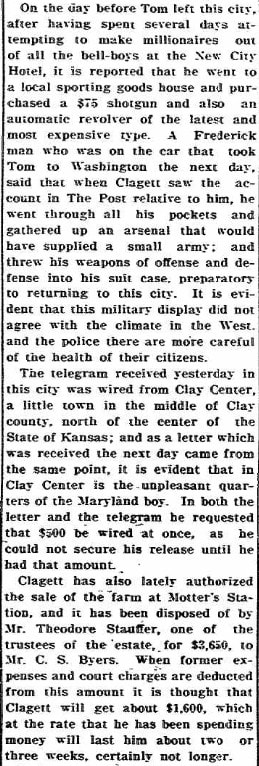

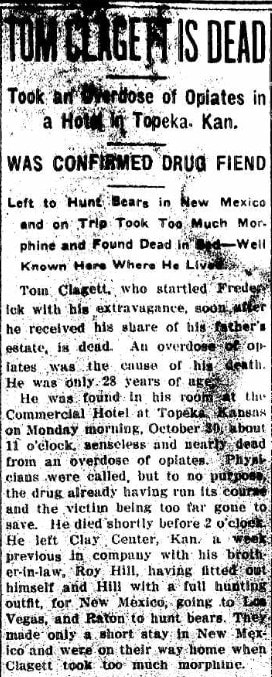


 RSS Feed
RSS Feed